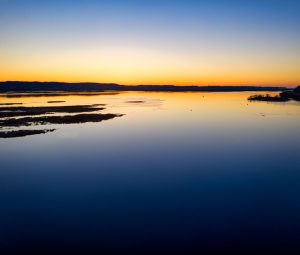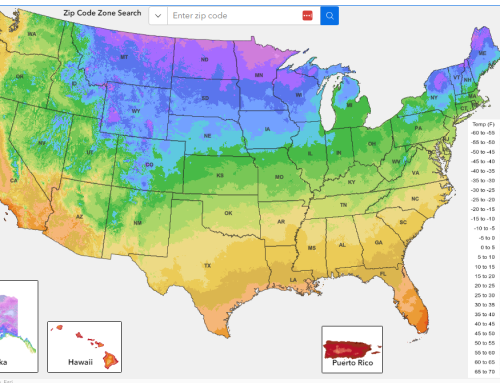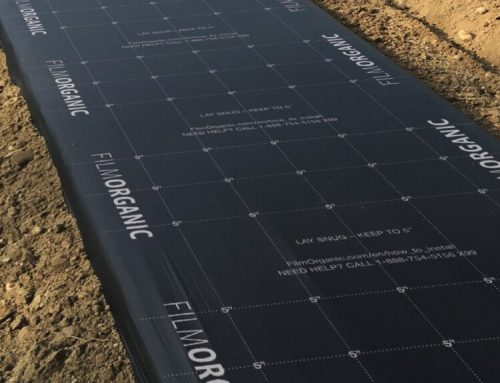My wife and I honeymooned in New Orleans. One of our fondest memories was dinner on a Mississippi River Boat as it sailed up river. It was readily apparent why it is called the Muddy Mississippi. As the river heads out to the Gulf of Mexico it picks up sediment which gives the water a muddy appearance. Unfortunately the view of the Mississippi River today is much different.

More of the Mighty Mississippi River
Water levels on the Mississippi River continue to drop as the Midwest is in its own grips of a drought. I was reminded of this earlier this week when one of my co-workers returned from a trip that required him to cross over the Mississippi River on several occasions as he traveled from north to south along its banks. “Barges are parked along the shore, bringing commerce to a halt. There is simply not enough water to allow traffic to move.”

The Big Muddy
NPR recently reported another problem with the lower water levels – salt intrusion. The Mississippi River flows from the headwaters in Minnesota to the Gulf of Mexico. The normal river currents keep the saltwater from the Gulf from moving upstream. But with a historically low water flow from the Mississippi, the salt waters of the Gulf are migrating northwards. And while there are always times that saltwater fights to move upstream, today they are winning the fight.
Along with the troubles affecting navigation on the river, saltwater has now migrated as far as 65 miles up the river, threatening the water intake systems for the greater New Orleans area. This means less potable water for families and commercial businesses – like oil refineries.
Since salt water is denser than fresh, it travels under the fresh water. This allows communities to dredge sand from the river bottoms and build berms in the navigation channels of the river to slow the migration of the salt water upstream – while still leaving enough room for shipping barges to navigate over them.
Pascal’s principle reminds us that “water seeks its own level” which means water will move to the lowest level, even if it is upstream.
So while the effects of droughts around the country continue to focus on the lack of water, the mighty Mississippi reminds us that there are other consequences to a lack of rain.






